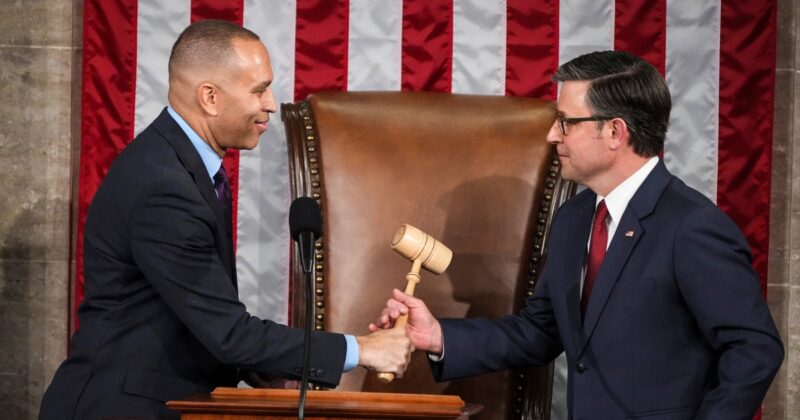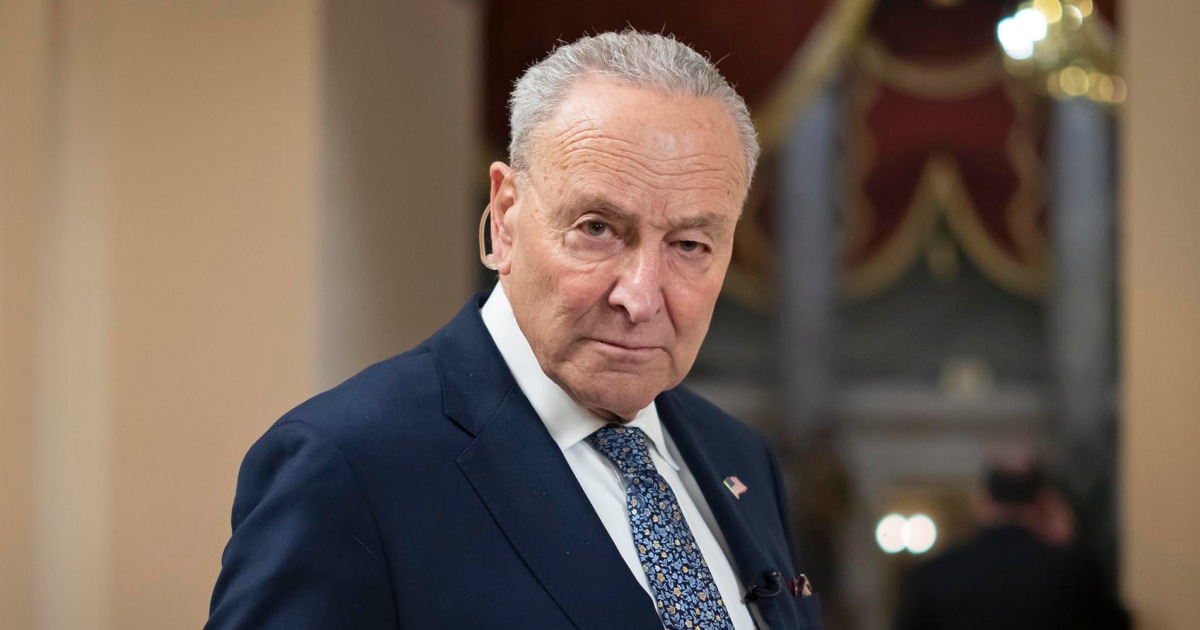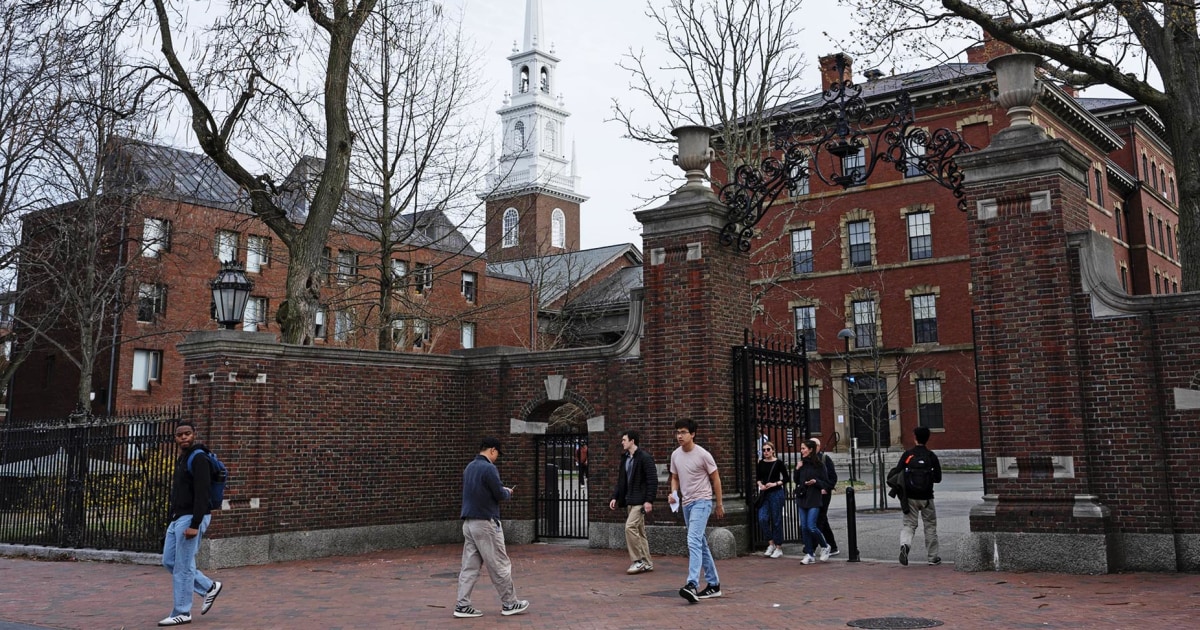
The national redistricting battle triggered by President Donald Trump has cast a long shadow over the race for control of Congress next year — not only fundamentally shifting the House battlefield, but also creating a domino effect that’s shifting new candidates into new seats, ushering longtime members of Congress to the exit and exposing deep political rifts in state parties across the country.
The fight is still playing out across courtrooms, back rooms and Trump’s social media, as Republicans and Democrats tinker with district lines. Developments like this week’s federal court ruling blocking the new Texas maps from going into effect — leaving the ultimate decision to the Supreme Court — also show how much remains to be determined in the redistricting fight.
The battle kicked off when Trump started pushing Texas Republicans to redraw district lines in the hopes of netting the party up to five seats in the state, and later began pressing leaders in other GOP-controlled states.
The new lines add more Republicans to the South Texas battleground districts represented by Democratic Reps. Henry Cuellar and Vicente Gonzalez, redraw two districts in Houston and Dallas in a way that will likely force incumbent Democrats into primaries against each other, and redraw Austin to create one deep-blue seat and one additional Republican-leaning seat that stretches toward San Antonio.
But the fate of those plans hangs in the balance after a federal court blocked the map’s implementation and called for the 2026 elections to be run under the same lines as last year’s elections. The Supreme Court’s eventual decision whether to uphold that ruling will have a significant impact on a spate of races, starting with whether Austin-area Democratic Rep. Lloyd Doggett decides to retire.
There’s also the question of whether the winner of January’s special election to succeed the late Democratic Rep. Sylvester Turner will have to immediately run against a longtime Democratic incumbent, and how Democratic Reps. Marc Veasey, Julie Johnson and Jasmine Crockett handle a potentially significant redraw in North Texas that could leave one of them out of a job. The redistricting plan already has Crockett weighing a Senate bid.
California’s retaliatory map from Democrats — a similarly blunt partisan redraw explicitly aimed at canceling out Texas’ GOP gains — has similar potential to upend the Republican caucus there. GOP Reps. Doug LaMalfa, Darrell Issa, Kevin Kiley, Ken Calvert and David Valadao’s districts are becoming significantly more vulnerable to being flipped by Democrats, according to an analysis from the University of Virginia Center for Politics.
One early bit of fallout: Calvert’s decision to seek re-election in a nearby district currently represented by fellow Republican Rep. Young Kim, which will likely trigger an expensive primary between two prominent incumbents. In an early show of force, Kim has already announced plans to spend more than $3 million on ads ahead of the 2026 primary.
Both states also share another dynamic: state lawmakers who voted to draw the new congressional lines hopping into newly competitive races for Congress.
In Texas, GOP state Reps. Briscoe Cain and John Lujan announced their campaigns shortly after the new lines passed, seeking to run in the new, heavily Republican seats in the Houston and San Antonio areas. Others could be considering bids, too, including state Rep. Katrina Pierson, who told CBS News Texas last month she’s “considering” a bid for a redrawn district in North Texas.
There’s been less movement in California, since the lines are just weeks old. But one notable example is Democratic state Sen. Mike McGuire, a party leader facing term limits in the body, who announced plans to take on LaMalfa.
Smaller changes to the maps in other states have had big ripple effects, too.
In Missouri, where opponents of the GOP-led redraw are mobilizing a petition drive that could force the issue into the hands of voters in an upcoming special election, longtime Democratic Rep. Emanuel Cleaver’s 30-plus-year career in public life is in jeopardy after GOP lawmakers packed his district with Republican voters.
In Utah, a court decision to enact a new map over the protests of Republicans created a new blue seat in the Salt Lake City area — one that could spark a primary focused on ideology as well as electability, an unusual position for Utah’s Democratic minority.
In Ohio, a compromise map shored up Democratic Rep. Emilia Sykes’ battleground seat — in exchange for putting more Republican voters in districts held by Democratic Reps. Marcy Kaptur and Greg Landsman. Sykes’ last GOP opponent, whom she narrowly defeated in 2024, was running again but dropped out of the 2026 campaign after the new map was released, blaming the compromise for his decision.
And in North Carolina, the Republican Legislature’s new lines make Democratic Rep. Don Davis’ re-election more of an uphill climb, even as he continues to signal he’ll press on with his bid to remain in office.
Meanwhile, as incumbents and challengers face pressure and opportunity from the new maps, the pressure on state legislatures to get involved in the redistricting fight on behalf of their national party has also caused significant tensions among powerful lawmakers on both sides of the aisle.
In Indiana, the lack of Republican support for a redistricting effort there has led to Trump issuing broadsides at GOP leaders in the state, accusing them of “depriving Republicans of a Majority in the House, A VERY BIG DEAL,” and saying he’d support primary challenges against them. One Republican legislative leader was the victim of a swatting incident at his home hours later.
In Maryland, Democratic Gov. Wes Moore is pushing forward with a redistricting commission — even as the state’s top Democrat in the Senate continues to criticize the idea of redrawing the state’s congressional maps after a court struck down a Democratic plan to squeeze more blue seats out of the state just a few years ago.
“What type of country do we want to be? And who are we in this moment when things are so brittle and tense. Do we reflect a different value to show the path forward as states, or do we fight to the death one election at a time?” state Senate President Bill Ferguson told NBC News about why he’s holding firm against pressure to move forward with a Democratic-led redraw there.
And even in states where redistricting efforts were successful, some lawmakers raised warnings about the conduct of their own parties.
“There’s nothing conservative about using our supermajority to grab more power,” Missouri Republican state Rep. Bryant Wolfin, who voted against the redraw there, said on the floor this summer before his party passed the new lines.








